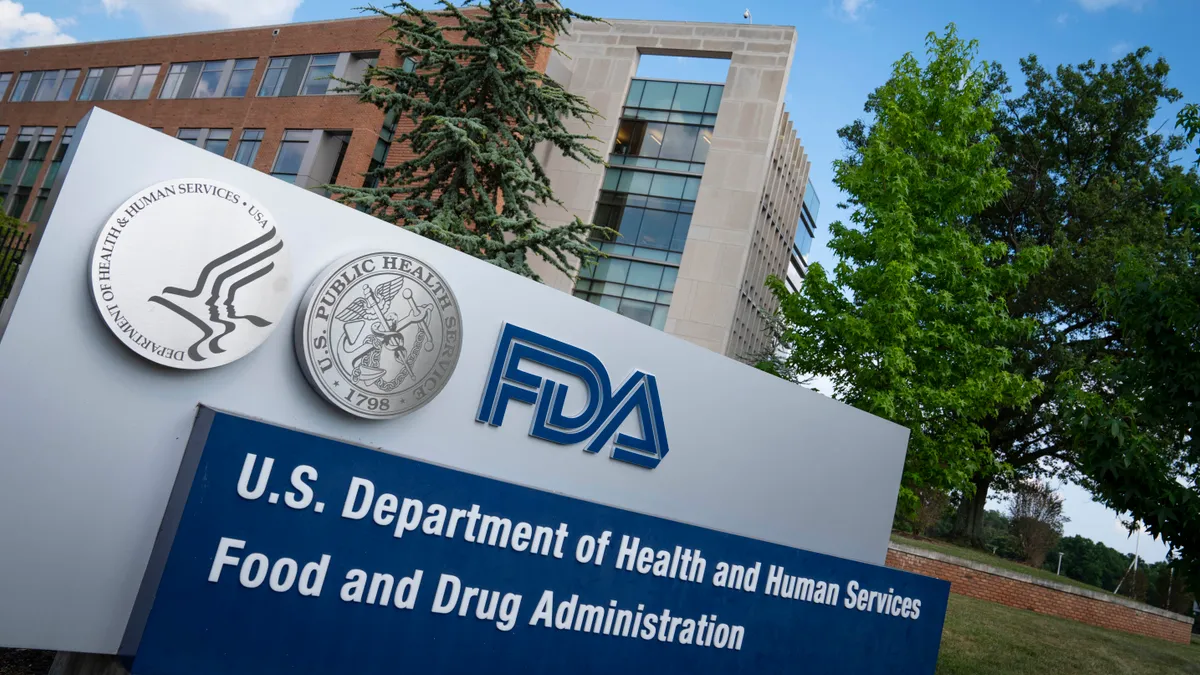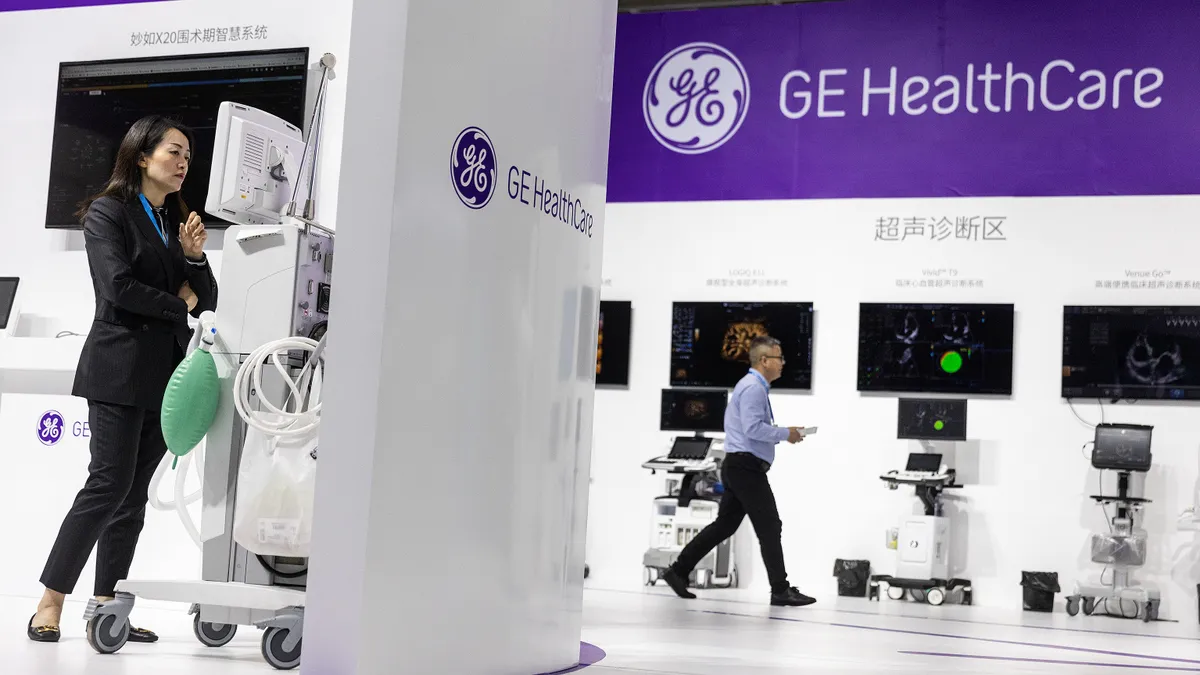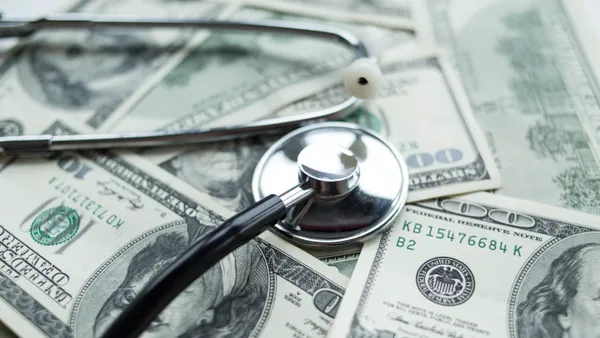This is the second article in a series on medical device safety. Future stories will explore a seminal Supreme Court decision and other product safety topics.
Medical device recalls and product safety issues have gained public attention over the last several years.
Patients, in particular, have questioned the recall process and criticized the FDA and industry after high-profile events highlighted inefficiencies in the system that put patient safety at risk.
For example, problems with surgical staplers were associated with thousands of patient injuries, hundreds of deaths, and led to the uncovering of a shadow FDA medical device reporting database. And Philips’ ongoing recall of millions of sleep apnea and ventilator machines has shown how patients can not be notified about a recall and the health risks of continuing to use failing devices.
Last month, the FDA released final guidance for voluntary product recalls, asking companies to be "recall ready" and outlining recommendations for how to establish internal processes and initiate a recall.
The guidance — which covers a long list of products regulated by the agency, not just medical devices — has been criticized by medical device safety experts, with some arguing that the FDA did not go far enough to improve how recalls are handled.
Device experts claim key problems with the recall process are left out of the guidance or are not supported strongly enough, and there is general confusion as to the agency's next steps in addressing how medical device recalls and safety issues are managed.
Joan Melendez, CEO of Xcelrate UDI, which works with providers to identify and track recalls, said that while there are aspects of the guidance that are good, such as a reference that recall communications should be performed electronically, the document still felt like taking "five steps forward and three steps back."
"I was disappointed," Melendez said. "Where's the patient?"
The guidance follows two public meetings held by the FDA about device recalls and safety communications, where experts, patients and industry representatives talked about ways to improve a system that can, at times, rely on outdated processes and leave patients in the dark when devices fail.
Several changes have been consistently brought up, including at the FDA's meeting last October: using electronic communications when device makers notify hospitals about a recall rather than the mail; using unique device identifiers (UDIs) in recalls to tie a specific unit to a specific patient; and improving how patients are notified of recalls or safety information so people are not left looking for important information that can be life-threatening.
An FDA spokesperson wrote in an emailed statement that the agency considered recommendations from the October meeting when developing the guidance, saying that the changes were "primarily editorial" and they "provide helpful examples of applicable requirements for certain products but does not establish legally enforceable responsibilities."
While the recent guidance did address electronic communications, other issues were left out.
Terrie Reed, director of partnerships for Symmetric Health Solutions, a software company for healthcare supply chain data, said after reading the guidance their first thought was that "this wasn't worth reading" and hoped it was not the culmination of the FDA's recent meetings.
"If it is, then they've totally missed what people are communicating to them," Reed said. "I hope change is coming."
Electronic communication
One element that stood out in the guidance was the FDA encouraging manufacturers to use electronic communications when sending recall notices to customers, a key inclusion that device recall experts have been pushing for.
Guillermo Ramas, CEO and founder of NotiSphere, a company that works with providers and suppliers to help process recalls, praised the FDA's decision to specifically call out electronic communications, saying it will lead to manufacturers changing their processes.
"There's a lot of manufacturers that seem to be unaware of the fact that electronic means of communication can be used. So, this will raise awareness, and it'll prompt manufacturers to really question, 'Do we need to keep doing things the same way we've done them for 40 years?'" Ramas said. "I think that's incredibly positive."
Recall notices between manufacturers and hospitals are typically sent through the mail. This not only slows the process down but can also result in the notices going to people or departments that are not in charge of pulling recalled products from a hospital's inventory.
Notices can take weeks or months to make it to the correct people in hospitals, which can result in recalled products sitting on inventory shelves and, in some instances, even being implanted into patients.
Speedier communication can help hospitals identify recalled or compromised devices more quickly, limiting the risk of devices or supplies being used after a recall.
Madris Kinard, CEO of Device Events, a company that compiles and interprets FDA medical device reports and recalls, also thought the inclusion of electronic communications was needed but added that the agency still did not go far enough to address the issue.
"I felt [the guidance] was not written strongly enough," Kinard said, "because there are serious deficiencies with the recall processes, and moving to all electronic notifications is critical and long, long past due, and that wasn't mandated or even encouraged as strongly as it needed to be."
While the change in guidance is a recommendation rather than a mandatory requirement, Ramas said manufacturers should pay attention.
"I think it's a step in the right direction," he said. "I'm hoping they don't stop there. I'm hoping there's more coming."
Missed opportunities
One of the most consistent complaints with the recall process is that patients are continually notified too late about recalls or safety updates, or they are never notified.
A recent example of this is Philips' recall of over 5 million sleep apnea and ventilator devices. Nine months after the recall began, and nearly one year after Philips first publicly acknowledged the issue, the FDA ordered the company to notify all of its customers, including patients and healthcare providers, after finding that some were still unaware of the recall.
The agency claimed that Philips' prior efforts were "inadequate," leaving customers not just unaware of the recall but also the health risks of continuing to use the devices.
Despite the non-traditional approach from the agency to insert itself into a voluntary recall, which came about after it released the guidance, direct patient communications were not addressed at length in the final document. The guidance states that manufacturers should initiate a recall by "promptly notifying each of its affected direct accounts about the recall, and by issuing a press release or other public notice, if appropriate."
Xcelrate UDI's Melendez claimed that the agency "missed it" when it came to patient communication, saying that the agency needs to mandate communication policies because sometimes patients with an implant may never even be notified that the device has been recalled.
"A lot of times, fantastic things happen out of catastrophes … I don't even get a hint of a recognition that maybe FDA could be improving their recall workflows and processes."

Terrie Reed
Director of Partnerships, Symmetric Health Solutions
Typically, the customers of device makers are the ones that notify patients, such as suppliers and healthcare providers. Melendez argued that providers and facilities where a patient sought care or where a device was implanted should be required to notify patients whenever there is a recall or safety update, regardless of how severe the health risks are.
A requirement is needed because sometimes providers will not notify patients until symptoms develop or the patient returns to the facility, according to Melendez.
"The patient should know everything about what's implanted," Melendez said. "The patient should know everything about what's implanted before they even get that implant."
Including UDIs in recalls is another consistent recommendation that was not addressed in the FDA's guidance.
UDIs are numerical or alphanumerical codes that distinguish a single device from others. Experts say that the use of UDIs can help connect devices affected by a recall to a specific patient.
While UDIs are required in certain medical device labeling, they are rarely used in recalls. The FDA's final guidance does refer to UDIs in labeling and product coding; however, it does not directly state that UDIs should be used in recalls.
Nancy LeMaster, a consultant specializing in the healthcare supply chain, said that the guidance "fell far short" of what's needed. According to LeMaster, despite wanting to use UDIs as part of recalls, some manufacturers do not because company policies only allow them to do what is mandated by the FDA.
"It was better than nothing — we got a mention — but really far away from what I think it's going to take to really improve the recall process and make it safer for patients and healthcare providers," LeMaster said.
According to the FDA, the guidance recommends that "firms use sufficient coding of regulated products to quickly identify positive lots and to facilitate the effective recall of all violative lots."
However, experts argue that lot numbers are not accurate as companies' definitions of what is a "lot" vary, and notices can have thousands of lot numbers, whereas a UDI can be recorded electronically and directly connected to a patient.
Along with UDI use, both Reed and LeMaster said the type of data and how data are shared during recalls needs to be structured and standardized so the system can have more uniformity rather than changing depending on the company.
"We have put a lot of comments out there, as have many organizations, about the need for the FDA to really step up and modernize the recall process and make it so that the manufacturers can submit structured data into a database where all the stakeholders can access it in a timely manner," LeMaster said. "Obviously, the onus is always on the manufacturers when there's a recall, but it didn't feel like the FDA was really stepping up and owning its part."
Reed, who was with the FDA for 15 years and led the UDI program, also argued that the FDA needs to address its role in the recall process and make changes, using the Philips recall as an example.
In an emailed statement, Reed wrote that UDI tracking at the point of sale or when covered by payers like private insurance or Medicare could easily connect a device to a patient, and if the UDI is not recorded at the sale or during reimbursement, searchable databases with the codes can help patients track their machines after there is an issue.
The FDA can help facilitate, or even require, this type of data collection and creation of databases, Reed argued. However, this was not part of the FDA's orders for Philips; the focus was kept on the company.
"Philips could spend millions and millions and millions of dollars, which they probably already have — and good for them — but this is a system problem that needs to be addressed at the same time," Reed said. "A lot of times, fantastic things happen out of catastrophes … I don't even get a hint of a recognition that maybe FDA could be improving their recall workflows and processes."
Stronger enforcement
Device companies and the FDA can coordinate on recalls once they are initiated or product issues are identified; however, recalls are overwhelmingly done voluntarily by manufacturers. An FDA spokesperson told MedTech Dive on background last year that agency-forced recalls could likely be counted on one hand, adding that voluntary recalls are easier and faster than mandating products be pulled.
While the FDA claims this is a more efficient method for recalls, experts are concerned about the lack of enforcement from the agency. And the recent guidance is an example.
Device Events' Kinard said that rather than focusing on guidance, the agency should be looking at making regulatory changes that can be enforced if they are not strictly followed.
"I always have a bit of frustration because of the use of guidances rather than regulations … so my initial thought was that if they haven't followed the guidances in the past, are they going to follow another guidance?" Kinard said.
Michael Heyl, a partner with the law firm Hogan Lovells, said that "guidance is obviously interpretive" and not "per se, enforceable" but there is an expectation the agency does have for companies, and it is best practice for companies to follow and adhere to guidance recommendations.
When asked about using guidance documents versus regulations, the FDA said in its statement that the agency "issues guidance documents to represent the agency's current thinking on a particular subject to assist manufacturers in meeting the requirements for FDA review according to the agency's regulatory authority."
Multiple experts questioned whether there were any other official changes coming from the FDA, and whether more action would come out of the agency's two meetings.
Heyl said "time will tell" if the FDA has any action around recalls, adding that the guidance and the orders for Philips may be a sign that the agency is more focused on making sure that communications about recalls are getting out.
The FDA wrote in a statement that the agency "continues to explore how the recall process may be improved" but didn't share any specific projects being worked or potential changes. The agency shared a list of proposed 2022 guidances for the Center for Devices and Radiological Health; recall guidances were not listed.
Because there are multiple parties involved in the process — device makers, suppliers, providers and regulators — meaningful change isn't easy. However, some are optimistic that those involved in recalls are open to updating the system.
"There's not a single player today that will look at you and say, 'This is not a problem for us,' or 'This is not an issue I need to pay attention to.' As always, when the problem requires a lot of people to come together simultaneously, it's not an easy challenge because you need a lot of suppliers and a lot of providers together," NotiSphere's Ramas said. "But I think we're seeing the signs of that right now."



















